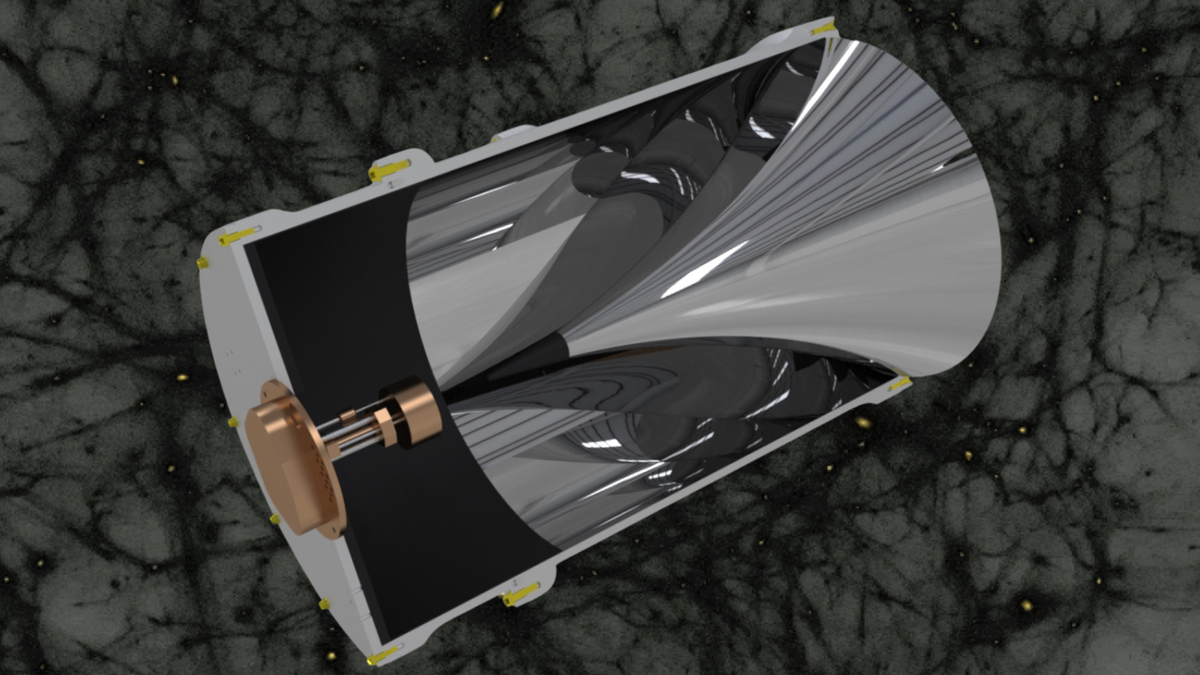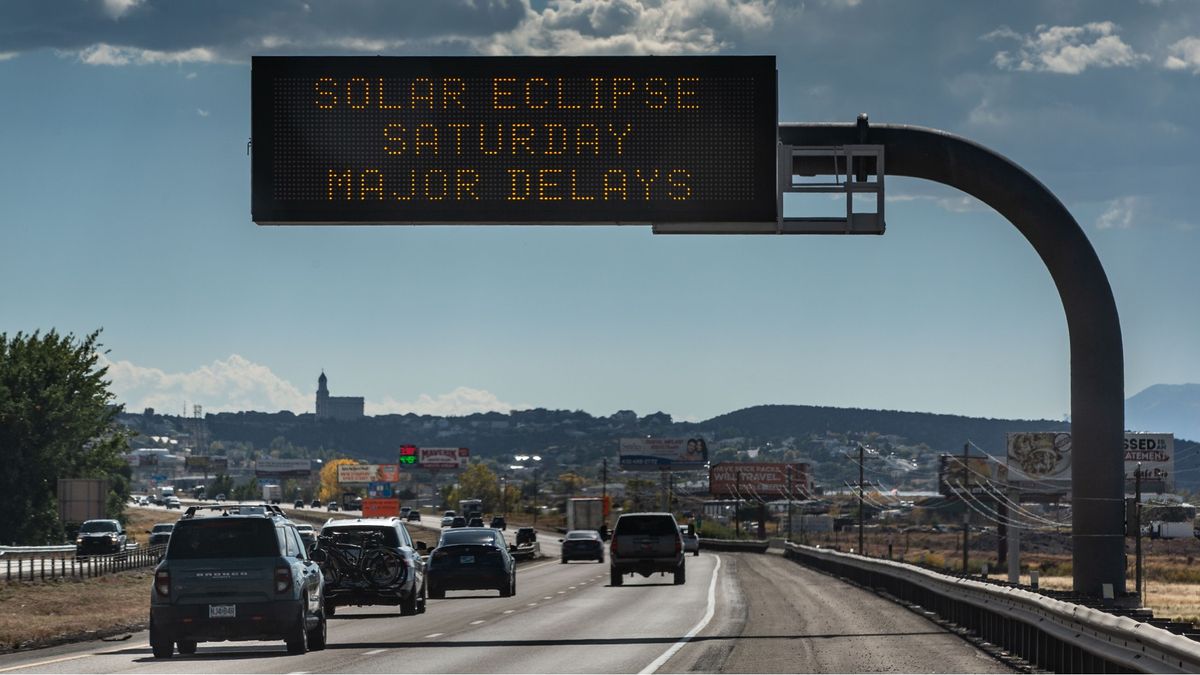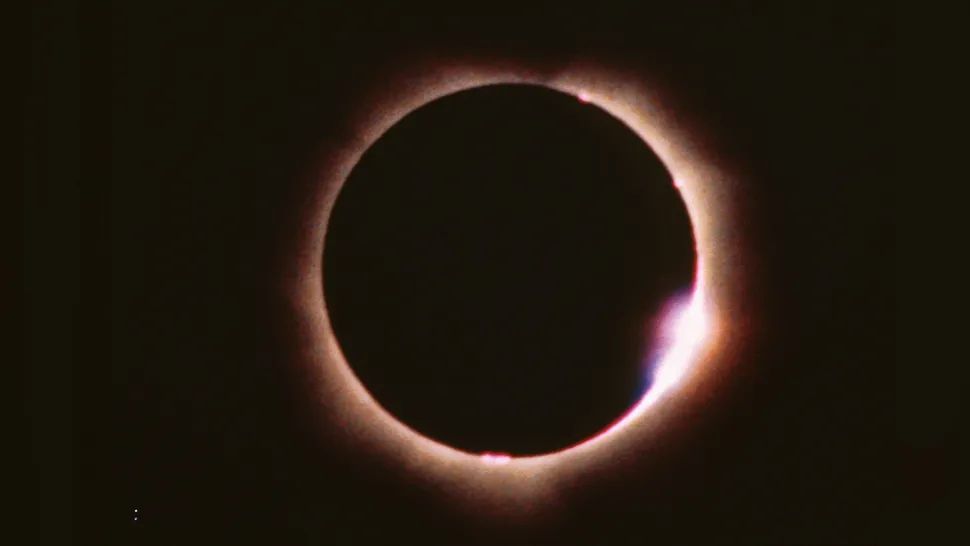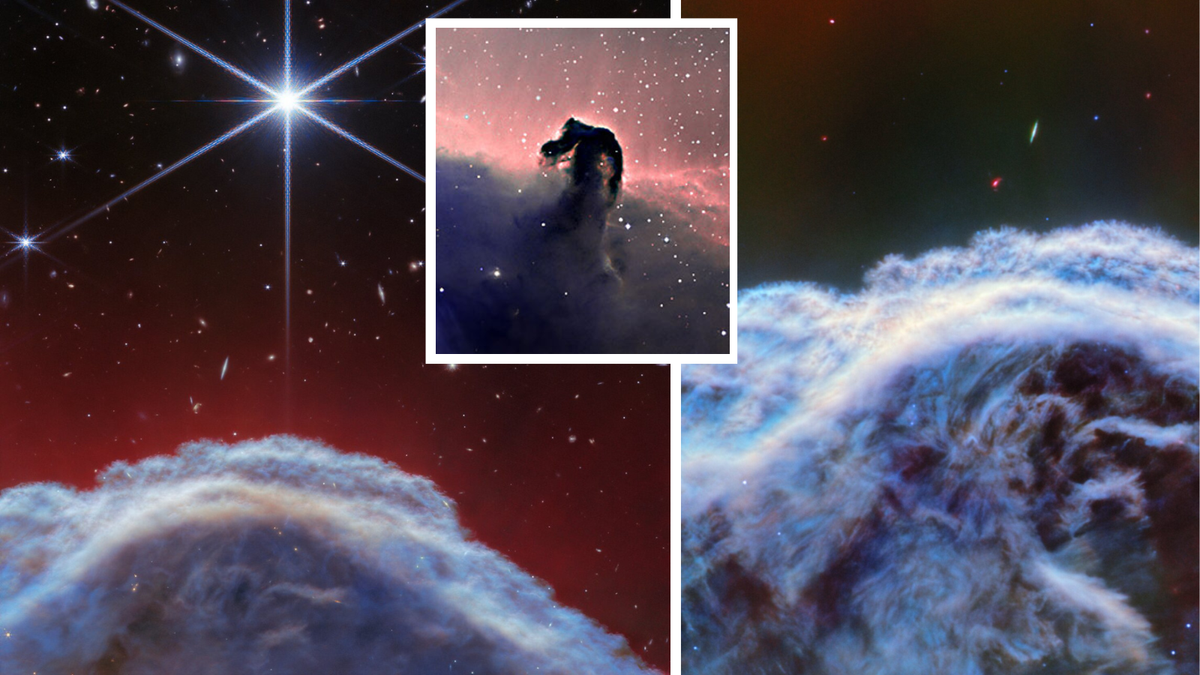The Quest for Dark Matter: The BREAD Experiment
A recent scientific endeavor known as the Broadband Reflector Experiment for Axion Detection (BREAD) marks a significant milestone in the ongoing search for dark matter, the enigmatic substance that makes up a substantial portion of the universe’s mass. Developed through a collaboration between the University of Chicago and the U.S. Department of Energy’s Fermilab, the BREAD experiment has generated its inaugural results, shedding new light on the characteristics of dark matter particles, albeit without direct detection.
A Novel Approach to Dark Matter Detection
Unlike conventional experiments targeting specific dark matter signatures, BREAD adopts a “broadband” strategy that explores a wider array of possibilities related to hypothetical dark matter particles like axions and dark photons. While this approach sacrifices some precision, it opens up new avenues for discovery and provides valuable constraints for future investigations. Professor David Miller, co-leader of the BREAD project, likens the process to scanning through a multitude of radio stations, emphasizing the vast scope and complexity of the search.
Dark matter poses a formidable challenge due to its elusive nature, lacking the traditional interactions with light that characterize ordinary matter. This invisibility distinguishes dark matter from familiar particles and necessitates innovative methodologies for detection. While invisible to telescopes, dark matter exerts gravitational influence on celestial bodies, providing indirect evidence of its presence. The exact composition of dark matter remains a mystery, prompting scientists to consider unconventional candidates like axions, which could interact with dark photons and occasionally generate observable phenomena.
The BREAD Experiment in Action
Comprising a compact coaxial dish antenna, BREAD offers a cost-effective and space-efficient solution for dark matter research. Preliminary tests conducted without the full-scale magnetic field reveal promising sensitivity to the desired frequency ranges, validating the experiment’s efficacy and encouraging further exploration. By harnessing tabletop experimentation, the BREAD team showcases the versatility and accessibility of particle physics, exemplifying the power of collaborative, interdisciplinary research.
The forthcoming phases of the BREAD experiment involve enhancements to sensitivity and efficiency, with plans to relocate the apparatus to cutting-edge facilities such as the magnet facility at Argonne National Laboratory. In partnership with esteemed institutions like SLAC National Accelerator Laboratory, MIT, Caltech, and NASA’s Jet Propulsion Laboratory, the University of Chicago and Fermilab aim to pioneer groundbreaking advancements in dark matter research, leveraging creative ideas and collaborative partnerships to unravel the universe’s most profound mysteries.
Published in the reputable journal Physical Review Letters, the team’s research underscores the transformative potential of the BREAD experiment, highlighting the ingenuity and dedication of scientists dedicated to unraveling the secrets of the cosmos.
Image/Photo credit: source url





